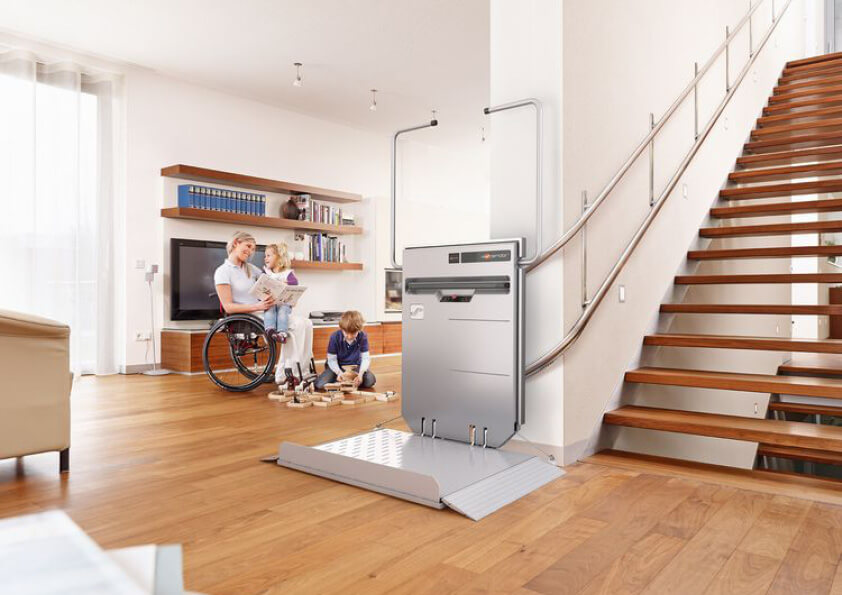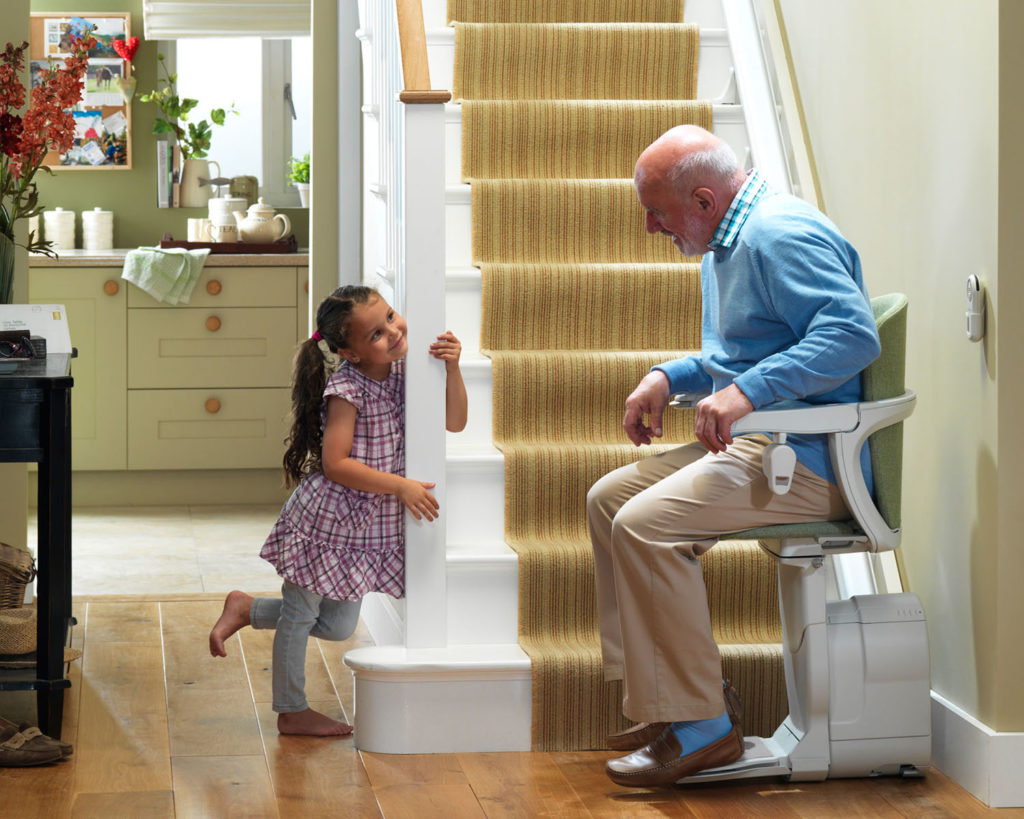An upstairs lift is an addition that can prove tremendously useful for multi-story buildings, especially for people with physical difficulties. However, the cost charged by the dealers for installation may not be standardised. This depends on some factors. Understanding these factors and their implications on the cost can give homeowners or budgeters the necessary insights.
Type of Staircase
The type of stairs in your home is one of the aspects that determines the cost of the upstairs lift installation. Liner stairs are usually the cheapest to incorporate into a lift, as railings and structural changes are basic. On the other hand, curved or spiral staircases are fixed with railings that are specifically made to fit the curved or spiral design of the stairs thus, the overall cost is very much higher. It must also be noted that the intricacy of the layout of the staircase directly relates to the costs in terms of the materials as well as the workmanship.
Customisation and Features
Due to the complexity of the lift structure and design another factor that may lead to a change in pricing is the level of customisation needed in the lift. Lifts with standard facilities / basic operations or functionalities are fairly cheaper compared to advanced or special facilities. However, where the lift is required to be equipped with more features, that is, swivel seats, adjustable footrests, or better safety devices, the cost can go high. Such options are beneficial in enhancing the comfort as well as manoeuvrability of the lift, but they are charged separately from the standard price.
Installation Costs
The expenses of hiring a professional installer are also highly significant when evaluating the total cost. It is understood that basic installations on manageable staircases could be less time-consuming and, thus, cost-effective. For sophisticated installations, for instance, the curved or spiral staircases, the technician who conducts the installation is skilled and takes a consume of time; hence a higher cost of labor is incurred. Also, any adjustments to the existing staircase or the surrounding environments to allow for the installation of the lift contribute to the costs of installation.
Power Source and Operating Costs
In some instances, specific lifts are battery-operated, while others have electrical power; this selection influences the first expenditure as well as further running costs.
Battery-operated lifts may be expensive initially due to the incorporation of the battery system, but they can work uninterrupted during a power failure. Electrically operated lifts, on the other hand, maybe cheaper initially, but the long-run costs, such as electricity, may be high due to constant usage. The effects that the chosen power source will have on the financial aspects of the business, both in the short run and in the long run, should be considered.
Maintenance and Warranty
Maintenance of the upstairs lift is very important for its longevity and safety in order to avoid any kind of accidents that may be very dangerous for the user. Most manufacturers have standard warranties on their products, but they also have packages for warranties and maintenance at an extra fee. Such packages may include regularly intended inspections, repairs, and replacements as well as coming with an added advantage of security without increasing the general cost greatly. Purchasing a comprehensive warranty is sometimes a good idea because it covers many repair costs that could be encountered in the future.
Financing Options
Since the cost of installing an upstairs lift can be steep, it may also be of interest to look into all financing possibilities. Some of the companies that manufacture and supply lifts have payment structures that enable the homeowner to delay the payment for a few months or even years. The cost may be lower with this option since it is financed through a loan; however, one must consider the interest rates and terms of service provided by the financier because these define how much will be paid in the long run.
Grants and Assistance Programs
It should be noted that in certain parts of the world, there are incentives in the form of grants and support to cover the addition of the upstairs lift, mainly for the disabled and senior citizens. Such programs minimise the cost issues to some extent. Research and applying for such grants may help offset the costs of installation especially to persons of low income.
Comparing Quotes
It is advised to get as many quotes as possible from different lift manufacturers and installers in order to make sure that one is getting the best deal for their money. Comparing the prices will enable one to select the most affordable solution while at the same time focusing on the services that it provides to ensure that they meet the required standard. Be sure to consider both the initial costs and the long-term value when comparing options.
Value of Improved Accessibility
One drawback of an upstairs lift is the installation expense, though the convenience and enhanced living experience might outweigh this. An upstairs lift is costly, but for such a person, it signifies mobility, comfort, and security, which are worth the cost. Additional features that improve accessibility can also be a plus to the dwelling; hence, it is a good long-term investment.
Conclusion
The cost of an upstairs lift varies according to the type and design of the staircase, any required customisation, the complexity of installation, the source of power, and maintenance costs. Regarding these aspects and through the analysis of financing and help resources, people ought to make wise choices in order to reduce costs effectively yet achieve considerable gains that stem from enhanced access requirements. An upstairs lift installation makes a multi-story home more spacious and more comfortable for everybody, so the living quality of the house will become much better than before.
Also Read: The Installation Process of an Upstairs Lift



